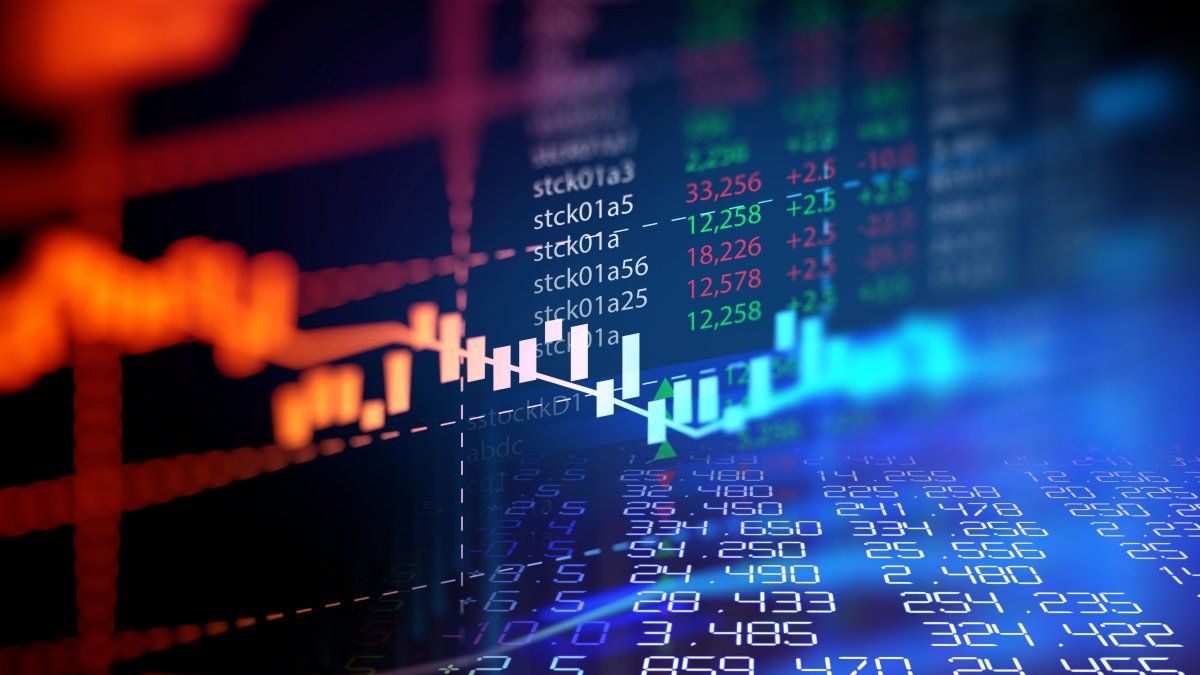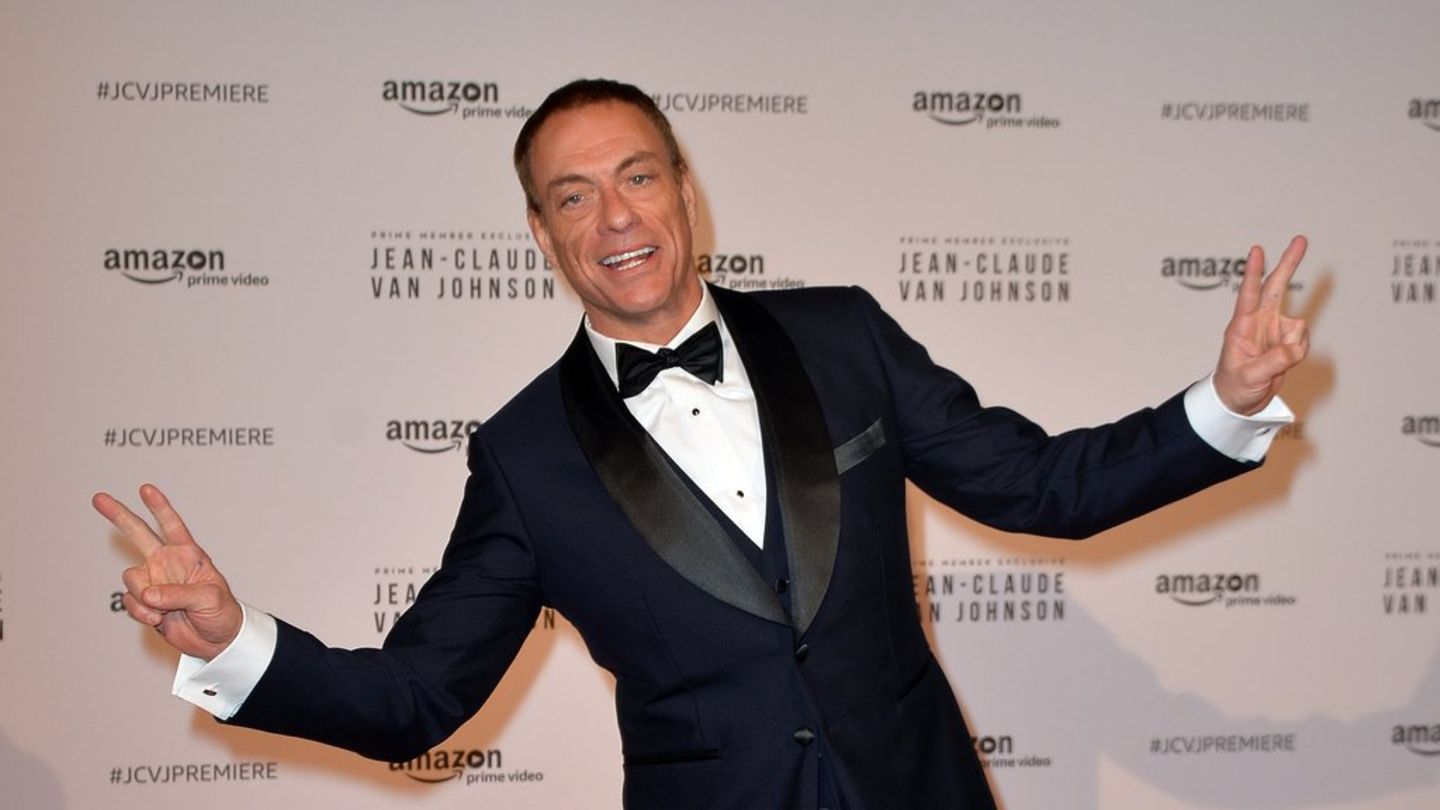He S&P 500 index fell 6% in the last three days due to concerns about the investors on the sustainability of US economic growth. During this period, market volatility, as measured by the VIX index, rose from 16 to 39, reaching its highest level since October 2020.
In a note to clients, analysts at Goldman Sachs offered seven conclusions from the recent decline and rise in volatility:
1. His target for the S&P 500 index at the end of 2024 remains 5600 (+8%)This forecast assumes the US economy continues to expand, with earnings growing 8% in 2024 and 6% in 2025, and the index trading on a P/E multiple of 20x, roughly in line with the current multiple.
“While the decline has been pronounced, it has hardly reached the magnitude of the market’s decline in a typical year,” the analysts said in the note.
2. Historical data shows that investors typically profit by buying the S&P 500 after a 5% decline. Since 1980, an investor buying the S&P 500 index at 5% below its recent high would have generated a median return of 6% over the following three months, earning a positive return in 84% of cases. 10% pullbacks have also been attractive buying opportunities on most occasions, but with lower rates of return than those seen after 5% declines.
3. Although cyclical stocks have underperformed, the US equity market does not appear to be pricing in a recession.
“Following the recent strong move, the Cyclical vs. Defensive pair now appears to reflect the actual pace of GDP growth of around 2-3% as indicated by the second quarter GDP reading and our economists’ third quarter GDP tracking,” Goldman noted.
“Our economists forecast that U.S. real GDP growth will average 2.7% in 2024 and 2.3% in 2025.”
markets-collapse.jpg
US stock market is not pricing in a recession
4. Sectors such as utilities, communication services and consumer staples historically perform best when the Federal Reserve initiates a rate-cutting cycle.
Following the release of the weak July jobs report, the market now expects the Federal Reserve to aggressively cut the funds rate for the remainder of 2024.
“In the equity market, the start of Fed rate-cutting cycles is typically characterized by outperformance by defensive sectors, similar to the rotation that has occurred over the past week.”
5. Goldman Sachs highlighted its “Stable Growth Basket” represents a attractive investment strategy For those concerned about a further slowdown in the US economy, this sector-neutral basket is comprised of the 50 Russell 1000 stocks with the most stable EBITDA growth over the past 10 years.
6. Although technology stocks mega cap have fallen sharplytheir ratings still reflect optimism on AI, despite concerns about the timing and magnitude of returns on their capital investments.
“Despite the decline, the group’s current valuations remain above the 10-year median of 24x, the 2022 average (26x) and the 2019 average (24x).”
7. The economic sensitivity of the Russell 2000 will outweigh the impact of interest rate relief in the coming months, the strategists said.
About a third of Russell 2000 companies are unprofitable, and about 30% of their debt is floating rate.
From this perspective, the decrease in interest rates should ease pressure on small companies’ balance sheets and reduce their cost of capital, analysts added. However, most of the recent decline in interest rates has been driven by expectations of weakening economic growth, which has weighed on cyclical stocks, including small-caps.
“The correlation between the Russell 2000 and the 10-year US Treasury nominal yield has turned positive again, reflecting that once again“‘good news is good news,’ similar to the pre-COVID regime.”
Source: Ambito
I am a 24-year-old writer and journalist who has been working in the news industry for the past two years. I write primarily about market news, so if you’re looking for insights into what’s going on in the stock market or economic indicators, you’ve come to the right place. I also dabble in writing articles on lifestyle trends and pop culture news.




